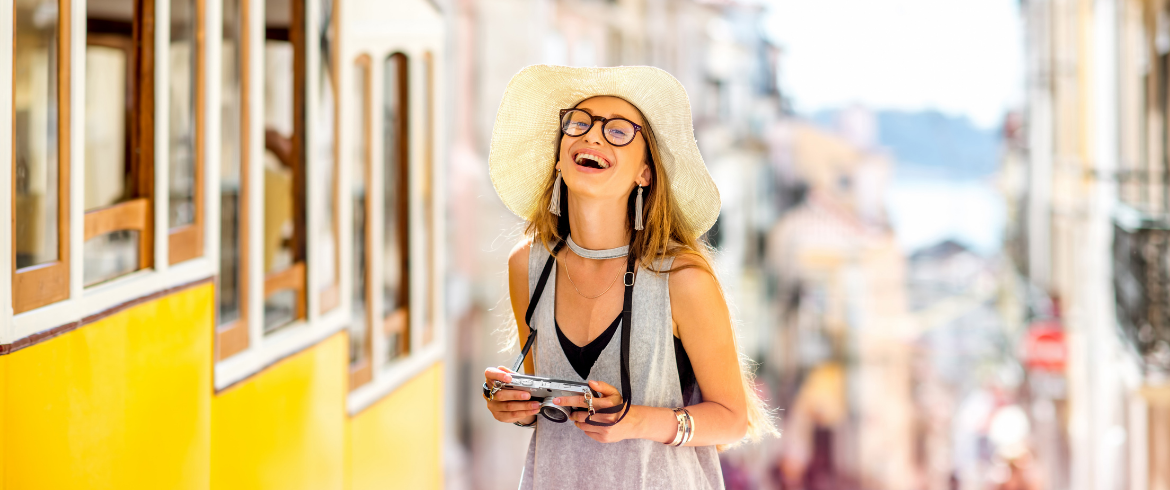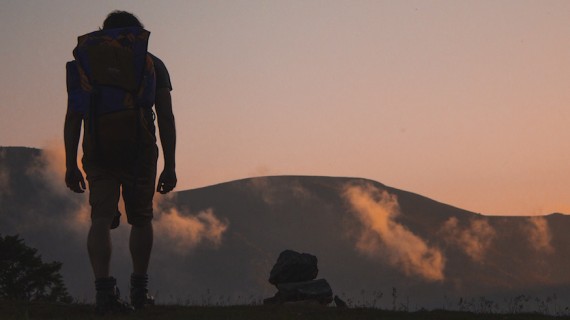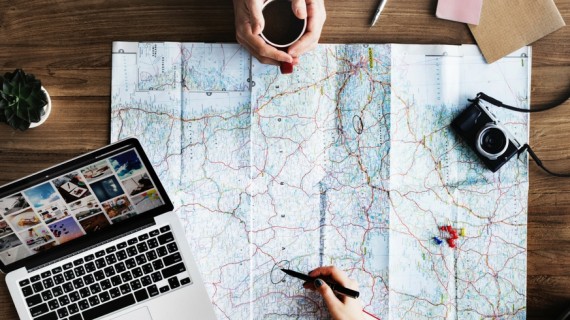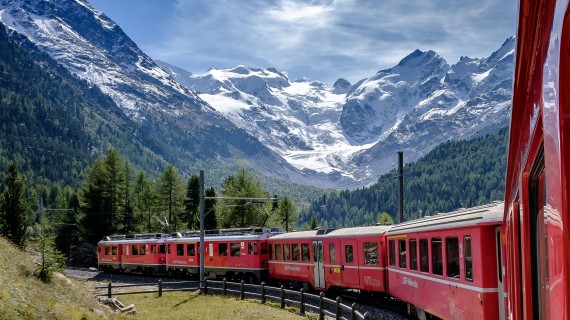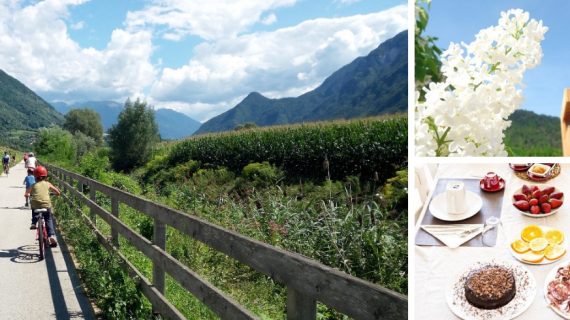Is it just us, or do the desire to travel and the ability to travel seem to be everywhere? Take a glance at the internet. Instagram is brimming with travel-focused accounts displaying some of the world’s most stunning locations. YouTube provides an ideal venue for adrenaline addicts to document and share their exploits. But, all of it is a part of traveling fast and won’t let you explore what traveling is really about. There are some principles of slow travel you should know to be able to travel freely – and put your heart and soul into it.
1. Human connection is the basis of everything

We’re not suggesting that you go up to strangers on the street and start asking them questions (although if you’re brave, go ahead!). Instead, interact with the people already on your way: the taxi or bus driver, the waitress, the hotel clerk, the shopkeeper. Inquire about their favorite spots in the area, such as:
- where they like to eat
- what they like to do for fun
- where the best-hidden gems are
The truth is that most people enjoy sharing their local knowledge and are ecstatic if you are interested in their region, culture, or specialties. Being chatty with locals in Florence, for example, can unravel the hidden and mysterious side of the renaissance city you could never find on your own.
2. Stalk the locals to find the right places
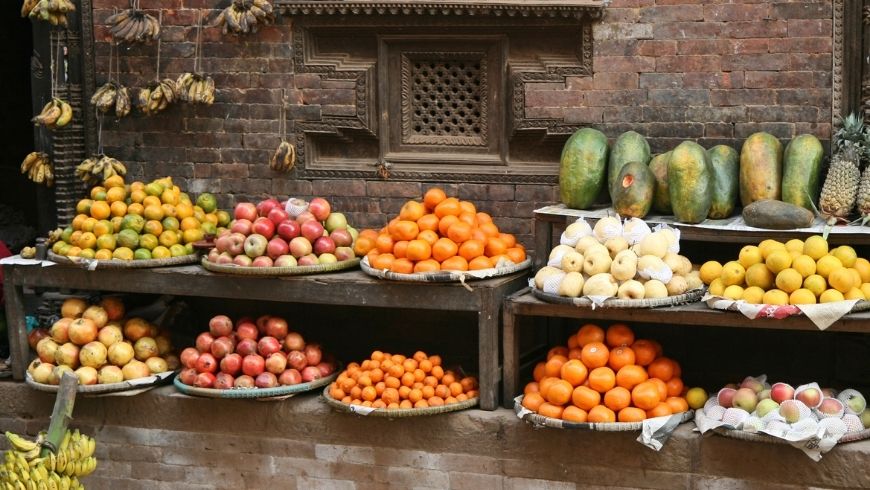
If you’re not bold enough to approach the locals, stalk them – in a non-creepy manner. Instead of going to tourist-oriented eateries and shops, go to the local hangouts. How do you tell the difference between the two? If you live near a major tourist site or in a strongly touristic neighborhood, the nearby companies will cater to tourists. Now, we’re not suggesting that all of these businesses are evil, but they will, on average, be more expensive.
3. Explore the culture through food
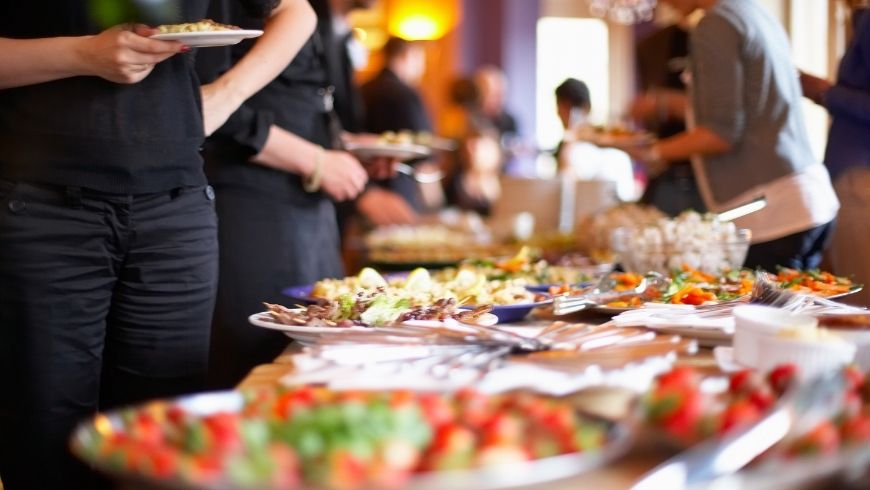
Start by taking a detour off the well-known tourist road. Most of the time, a few blocks is all that is required. If you pass a crowded restaurant packed with locals and no backpacks or multi-language menus are visible, you’ve arrived at the correct destination. Make a bold choice and order your meal at random, or ask the waiter (or a neighboring diner) for recommendations. It’s an excellent method to learn about regional specialties. Connecting with a culture and its people through cuisine is one of the most effective ways to enjoy the best traveling experience.
4. Explore the back roads
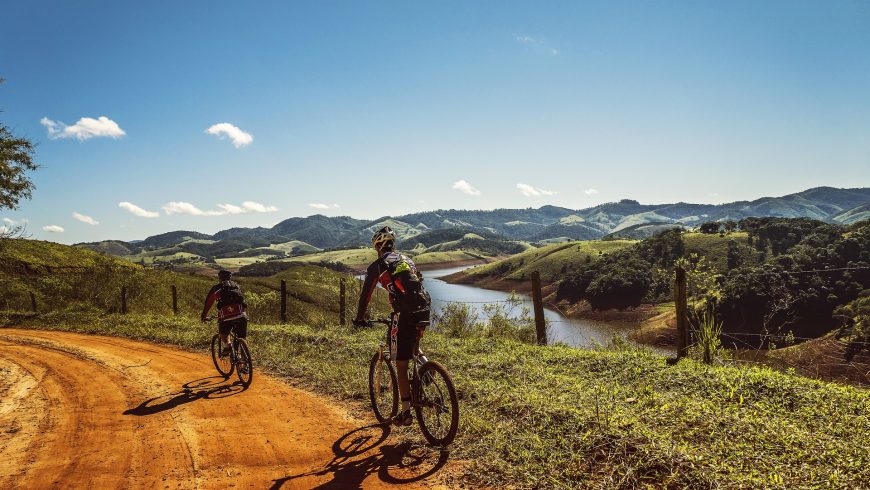
Depending on what kind of travel you are into, you can understand this advice in different ways. If you’re a fan of motorcycles, this one is mainly for you. Nothing can get your blood flowing like going on a road trip on the highway. But, if you choose to change the course up a bit, you’ll find a whole new adrenaline rush. Once you find and take the mountain bike route you’ve never taken before, it will be like Peter Pan going to Neverland. Wholesome, breathtaking, and exciting.
5. Preserve your funds

Consumerism has fooled us that you have to spend a lot to travel the world. Chain hotels and big-name restaurants are often more expensive. Plus, they don’t provide the same kind of charm and experience that a local establishment would. Isn’t it better to take a train to Spain and enjoy the fantastic views than flying above it and not seeing anything?
When planning your next vacation, looking for local Eco Bnb choices or even homestay options might make a difference in having a life-changing experience! If your lodgings have a kitchen, that’s an added benefit! You won’t have to dine out as often (though you may be tempted to do so with all of the delicious food), and you’ll be able to obtain regional ingredients with which to create a culturally appropriate dinner with your own two hands if you do your research.
6. ‘Less is more’ is one of the guiding principles of slow travel
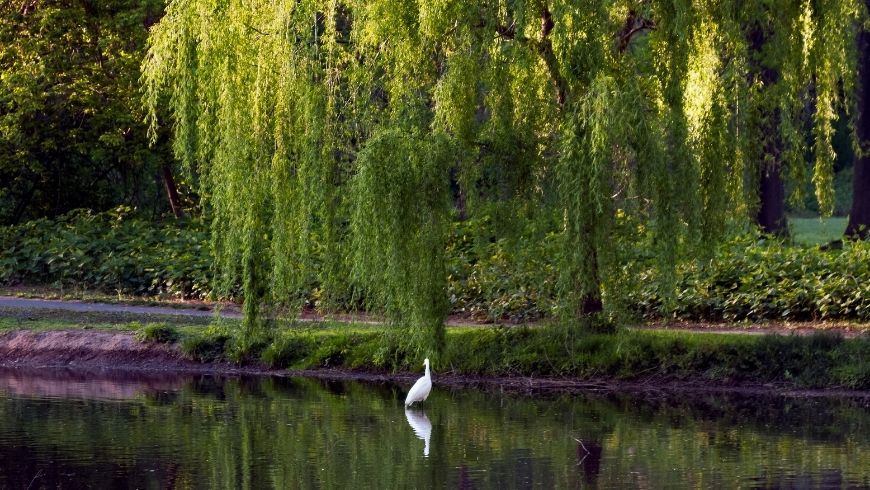
The fewer points you have planned out, the more fun you’ll have while improvising. Having a minute to take a step back and plan activities as you go is what’s so wonderful about slow travels. Allow a few things to be up to chance for a change. When every minute of every day is meticulously scheduled, there is no space for surprises or chance encounters. The first day of your journey should be spent surrendering to whatever the universe has in store for you and living without the fear of missing out.
7. Comfort zone who?
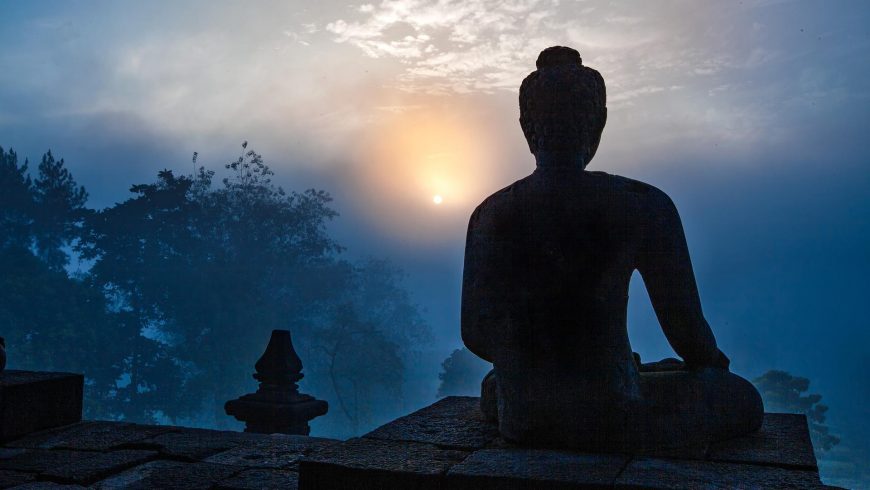
Traveling this way isn’t always so stress-free. It involves a certain amount of trust that things will work out. There will be times throughout your journey that will push your comfort limits. But these are the moments that may teach you a lesson that you might keep with you for the rest of your life. You may have to deal with language and cultural differences to succeed. These encounters will make you a better-educated traveler and offer you a worldwide perspective.
Unlike a tourist experience, a more authentic experience may wind up with you eating a scorpion for the first time in China. You’ll also leave little to no negative influence on the local community since you won’t be working with exploitative tour companies. They will repay you by making a guide with tips on what to visit while you’re there.
8. Put your emotional and psychological well-being above all else

The guiding idea behind slow traveling is defying the never-ending loop of life-pace-induced stress. The traveling should not be stressful! It should be great for your soul. All the main principles of slow travel lead to and must be focused on – your emotional and psychological well-being. Being in the moment and making it last forever.
Cover image: Photo via Canva PRO

Author’s bio: Angie Styles – a travel enthusiast and freelance blogger currently working with statetostatemove.com. When she’s not traveling and exploring the world’s hidden treasures, Angie is eager to share her experience with everyone who wants to listen. She aspires to inspire, and she’s particularly passionate about helping people improve their mental health through new experiences.
